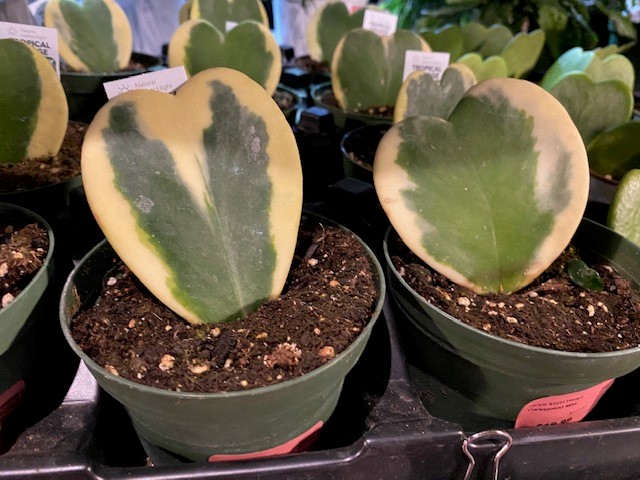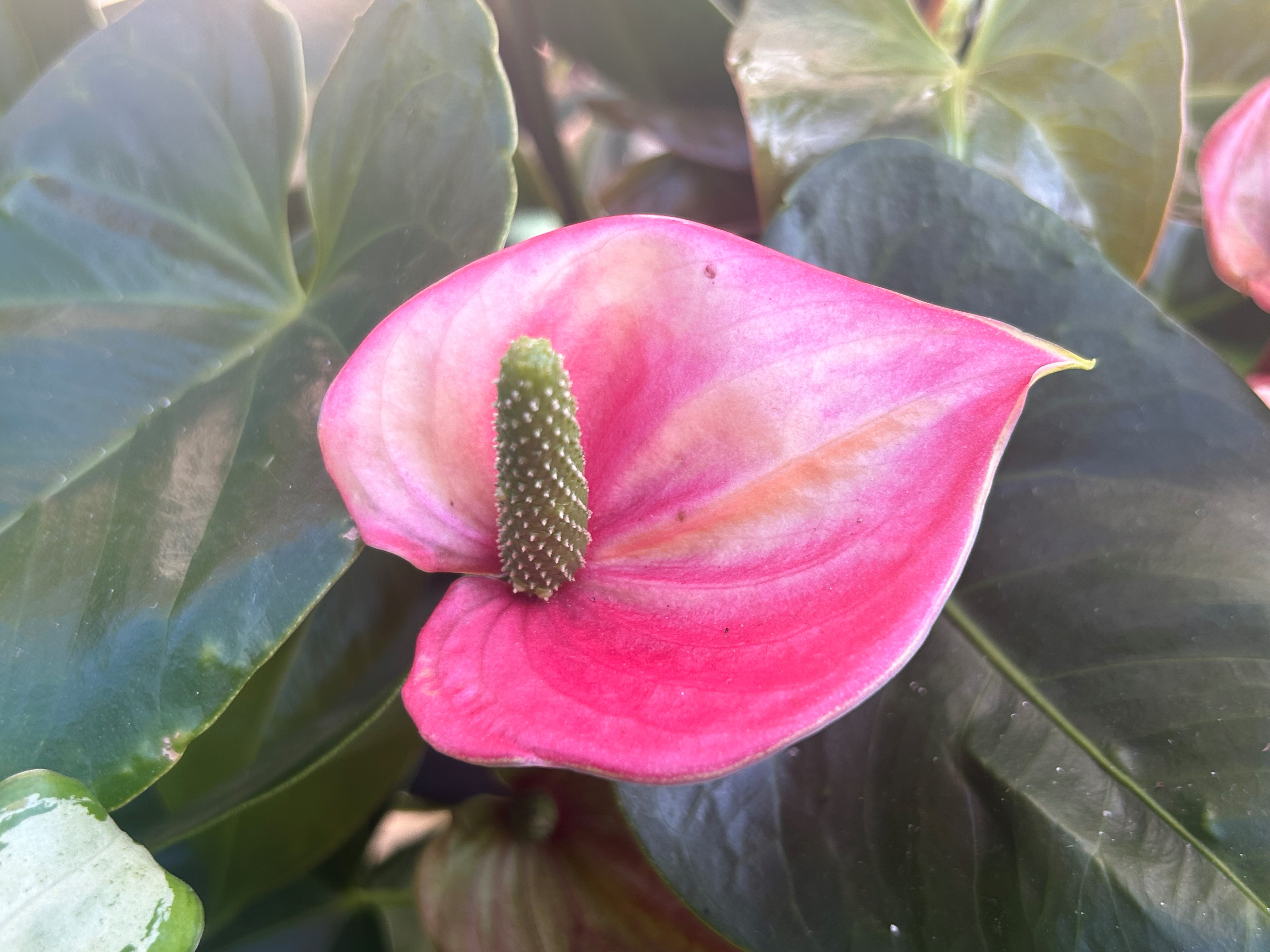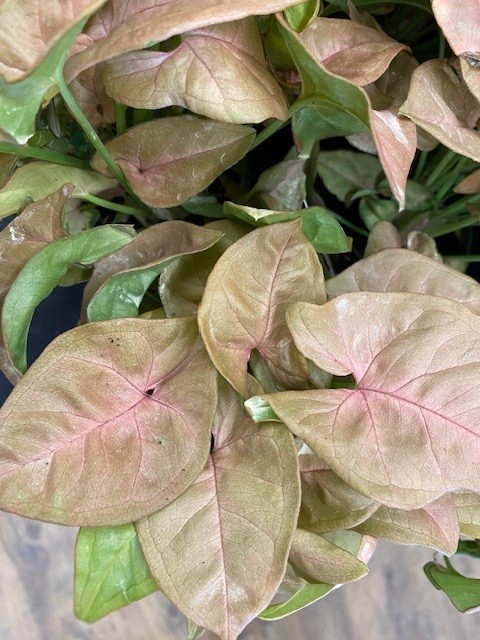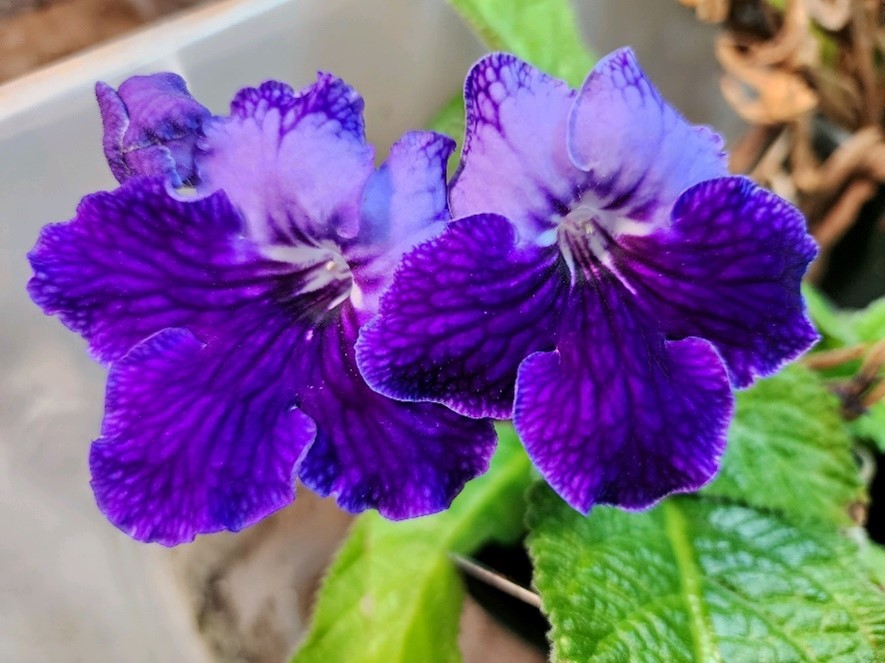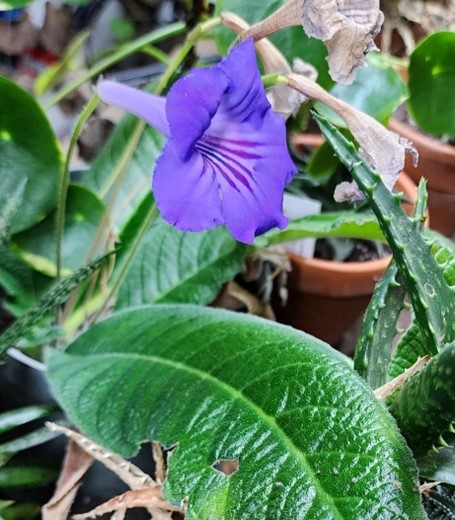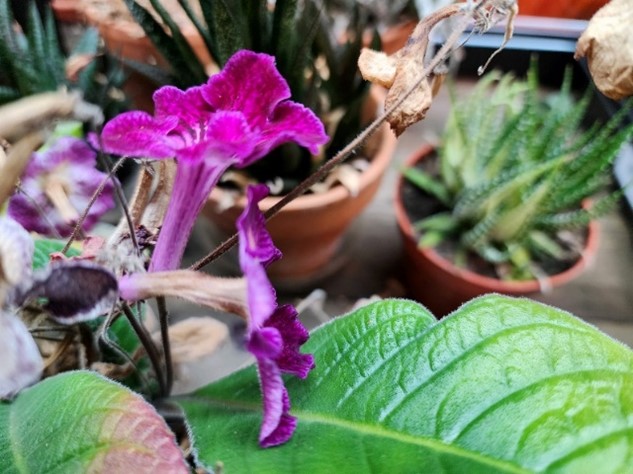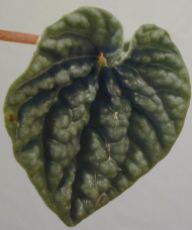To make a prairie it takes a clover and one bee,
One clover, and a bee, And revery.
The revery alone will do, If bees are few – Emily Dickinson

Tiny native bee on gold sedum
When I first moved in to my present residence, there were neglected flower gardens and poorly maintained landscapes that did not seem to attract nor support many insects or even birds. The expression “out goes the old and in comes the new” is an appropriate aphorism for what needed to be done. The not so modest enterprise my sister and I undertook was to establish a more useful environment for pollinators, butterflies and birds. The emphasis would be mostly on pollinators, as the birds already there seemed happy enough. As butterflies often share the same flowers with bees we assumed we would attract them as well.

Out with the old…
We were able to rip out most of the plants, whether shrubs or perennials, that were really not important food sources for most pollinators, and we concentrated the first year on putting a majority of native plants like elderberry, currant, Joe-pye weed, boneset, blue curls, bloodroot, May-apple, trillium, blueberry, winterberry, Asclepias, Aronia (chokeberry), mountain mint, goldenrod and turtlehead. We also included non-native perennials that bees love like blue giant hyssop, Caryopteris (bluebeard) obedient plant, Veronicas, and yarrow.

…in with the new
The first year we saw quite a few species of bees, especially sweat bees and all kinds of bumblebees. We also had the handsome Colletes inaequalis bees, who visited the early spring flowers like dandelions, henbit, willow and maple. They actually built their solitary ground nests in the neighbor’s sandy soils, but stopped by our nearby flowers. We also had honeybees, from who-knows where. Since bees active in the fall were already there, a couple of native witch hazels were also added.

Bluebeard, or Caryopteris, attracts all kinds of bees

Native bee on blue giant hyssop Agastache foeniculum

Fritillary and bumblebee on swamp milkweed Asclepias incarnata
The second year we put in some annuals that flower from early summer through fall. Lantana, cosmos, Euphorbia (‘Diamond Dust’ and ‘Diamond Frost’ are really good cultivars), petunias, sweet alyssum, salvias (pink and black and blue varieties that really attract lots of bee species as well as hummingbirds) and zinnias. Non-native perennials yarrow, coreopsis and Echinacea were also added. Perennials are even better the second year, and many more species of bees were seen throughout the second season.

Bombus ssp. on common milkweed
It is often difficult to tell native bee species apart. For instance, the tiny Halictidae family sweat bees that are metallic green can be hard to sort out. A good reference book for identifying bees and learning about the flowers they like and nesting sites they need is “ The Bees in Your Backyard” by Joseph S. Wilson and Olivia Messinger Carril. There are good photographs of the bees, and also maps showing where they can be found in North America. Good anecdotes are also a feature of this book. Douglas W. Tellamy wrote “Bringing Nature Home’, a must-read for anyone concerned about supporting wildlife through thoughtful native plant selection.
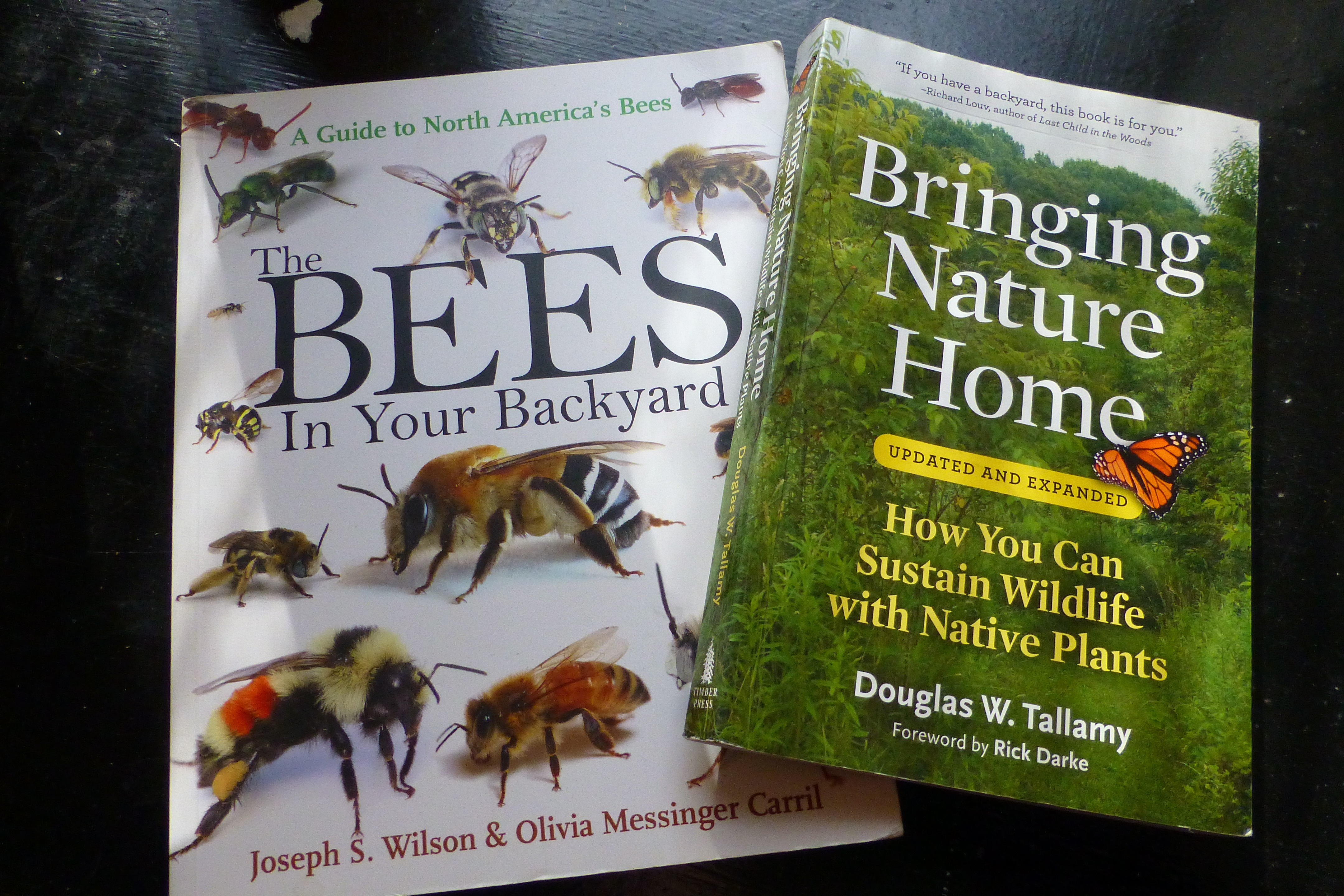
excellent resource books
Here is a link to the University of Maine’s bulletin on “ Understanding Native Bees, the Great pollinators; Enhancing Their Habitat in Maine ” https://extension.umaine.edu/publications/7153e/. This is suitable information for those of us who live in Connecticut, as the same native bees are found here as well.

bumblebees and American lady butterfly on purple coneflower Echinacea purpurea
Many bees are important keystone species who have an essential role in maintaining diversity in ecosystems. This is because they pollinate the flowers they will later bear fruits that will support other fauna in the system. And whatever is not eaten will fall to the ground, where the seed will produce more plants, allowing a landscape that is sustainable(as long as there is no human interference to its natural continuation). If you can provide nesting and food sources for bees that are nearby your property, that will help the birds and other fauna that share the same territory.
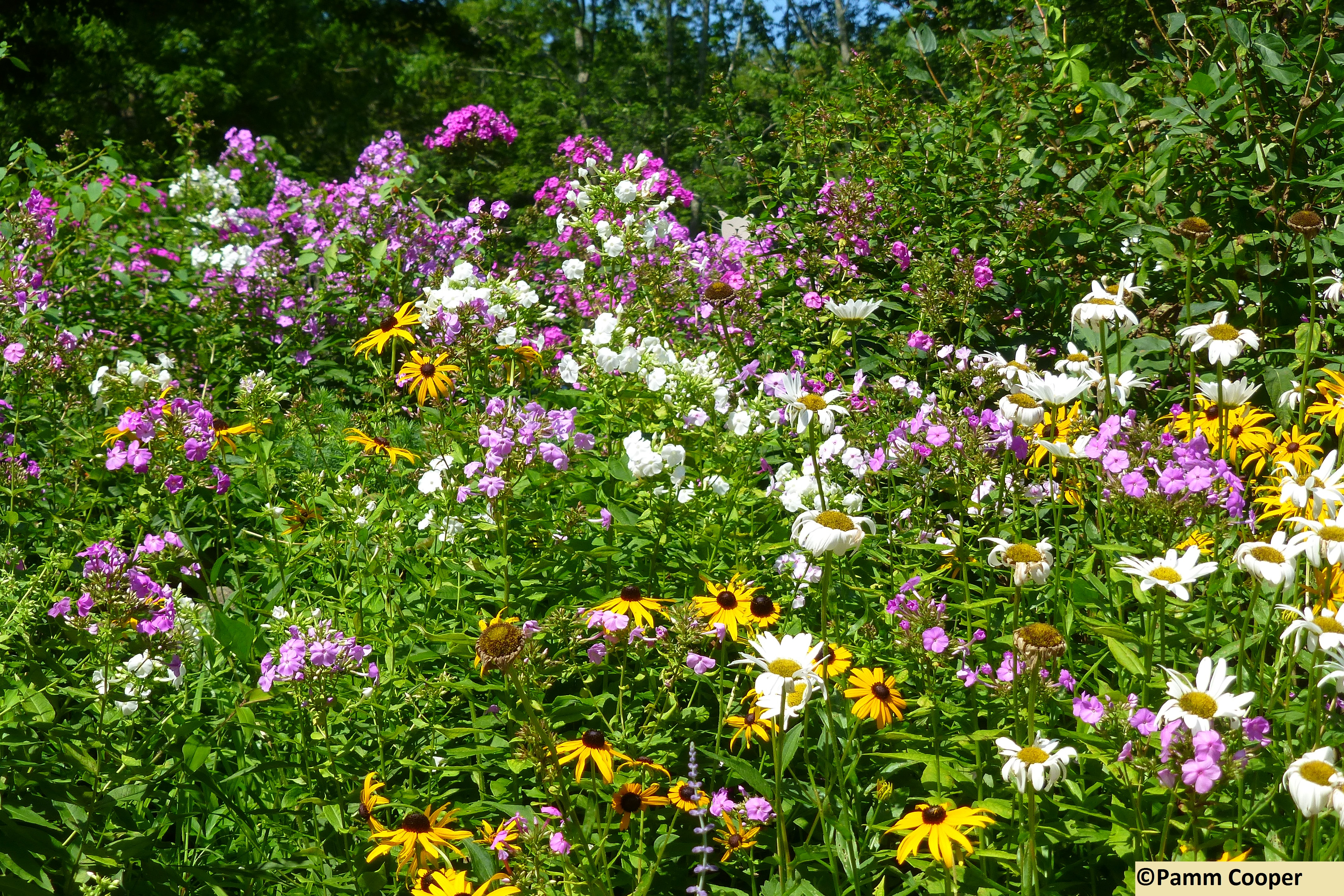
Fabulous pollinator plant combination- summer phlox, daisies, Rudbeckia
It has been four years since the renovations in my own gardens, lawn and landscapes. Perennials are now well established, native cherries have been planted to support both bees and other creatures, and a few more plants are popped in as we see what bees we have and what flowers they may also like. There are pollen and nectar sources from spring to fall, so many bee species that are active at different times of year will find what they need. This last summer, there were many species of bees that seemed to be new- at least we had never seen them. We had leaf-cutter and mason bees, all sorts of bumblebees and sweat bees, Hylaeus masked bees, and others.

Halictidae sweat bee on aster
If you are looking to add some plants to your own landscape, consider choosing something that will be enjoyable for you and then useful the native bees. Sort of a dual purpose, double-for-your-trouble investment. Itea virginica, ‘Henry’s garnet’, is a beautiful sweetspire shrub with cascading white flower spikes that are very attractive to all kinds of bees and butterflies. Tree hydrangeas, Hydrangea paniculata, are a great late summer pollen and nectar source for native bees, and Rose- of Sharon is another. They are beautiful to look at and serve a good purpose for our little native heroes of the natural world.
Pamm Cooper

Hydrangea paniculata -tree hydrangea






